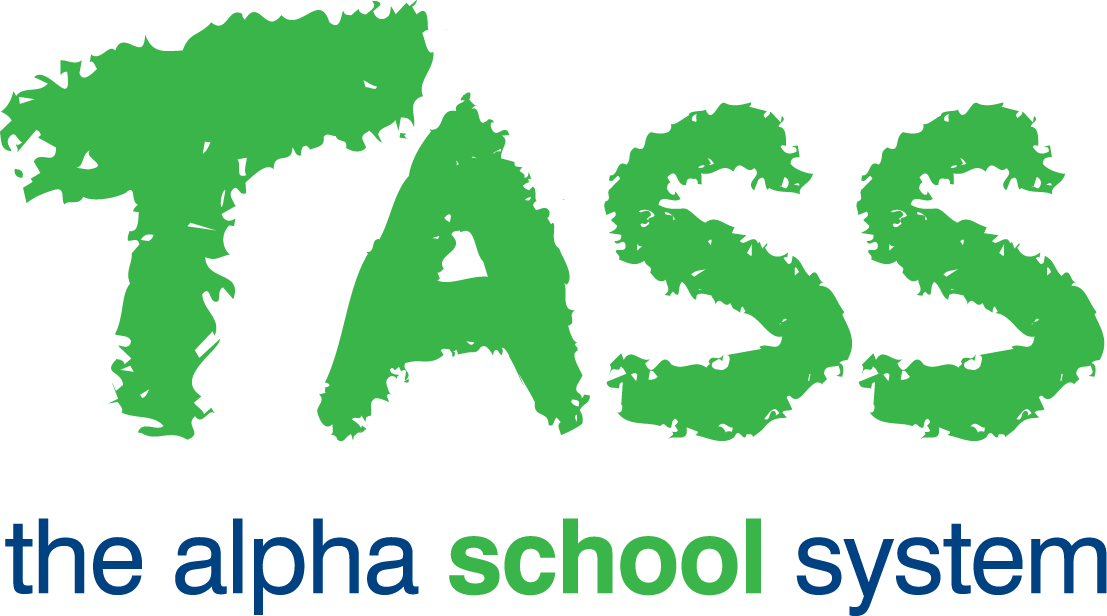Bank Reconciliation Guide
Use this guide to assist with account reconciliation and in the case of an imbalance between Cash Book and General Ledger.
Refer to the ‘Bank Reconciliation’ article for complete information relating to this function.
Step | Details | Menu Path | ✅ |
|---|---|---|---|
1 | Check the saved/printed Reconciliation Report for the previous period and ensure it is balanced The Reconciliation Report is time-dependent and therefore cannot be regenerated for a prior period. Please ensure you always save a copy of the final reconciliation report. | 🔲 | |
2 | Ensure all receipts have been banked All receipts must be processed through four stages:
| Parent Accounts
| 🔲 |
Commercial Debtors To check receipts: TASS.web Finance > Commercial Debtors > Customer Transactions > Receipts. Use 'Banked Status' and 'Posted' flags to filter receipts. To process unbanked receipts: TASS.web Finance > Commercial Debtors > Customer Transactions > Bank Deposit Report with 'Final Report' selected. | 🔲 | ||
School Shop If multiple shops exist, this must be done for each shop. TASS.web Finance > School Shop > Shop Transactions > Receipts. To process unbanked receipts: TASS.web Finance > School Shop > Shop Transactions > Bank Deposit Report with 'Final Report' selected. | 🔲 | ||
3 | Ensure receipts and payments have been journaled Process 'Period End > Post Period Activity' for each module processing receipts/payments. | Parent Accounts TASS.web Finance > Parent Accounts > Period End > Post Period Activity. | 🔲 |
Commercial Debtors TASS.web Finance > Commercial Debtors > Period End > Post Period Activity. | 🔲 | ||
School Shop TASS.web Finance > School Shop > Period End > Post Period Activity. If multiple shops exist, this must be done for each shop | 🔲 | ||
Accounts Payable: TASS.web Finance > Accounts Payable > Period End > Post Period Activity. | 🔲 | ||
4 | Ensure all journals are posted to the general ledger | TASS.web Finance > General Ledger > Accounts & Journal Info > Post Journals. | 🔲 |
5 | Record Bank Charges and Credits Additional withdrawals (Bank Charge / Debit) and deposits (Bank Credit / Deposit) appearing on the bank statement. | TASS.web Finance > General Ledger > Cash Book > Bank Charges & Credits. Entry will default to 'charge' and cannot be changed once the cash book entry is saved. To make corrections, it is recommended to create two entries in order to facilitate reconciliation:
| 🔲 |
6 | Split Deposits Use in cases of partial deposits received e.g. merchant payments for Amex/Diners delayed by bank clearance processing. | TASS.web Finance > General Ledger > Cash Book > Bank Reconciliation. (Split function is available for Partially Completed Bank Reconciliations.) Take care to accurately identify the correct deposit to 'split'. Use the receipt transaction source (Type) deposit number (Ref) and identifier (Description) to confirm. | 🔲 |
7 | Identify 'missing' transactions Use the various modules to attempt to locate transactions you believe should be included. Check the reporting year/period of source transactions to ensure they have been recorded in the expected accounting period. Where multiple bank accounts are in use, check that the correct bank account has been selected. | Receipts TASS.web Finance > Parent Accounts > Receipting > Receipts. TASS.web Finance > Commercial Debtors > Customer Transactions > Receipts School Shop > Shop Transactions > Receipts. Use various filter data to locate source receipt transactions: Search by receipt/deposit/batch/posted/journal number. Unpresented cheques TASS.web Finance > Accounts Payable > Supplier Transactions > Cheques filter by Reconciliation Status = 'Unreconciled'. | 🔲 |
8 | Check for transactions posted in future periods Run the Reconciliation Report for a subsequent period to locate cash book entries inadvertently future-dated. For example, if reconciling for March, run this report for April or May. | TASS.web Finance > General Ledger > Cash Book > Reconciliation Report. | 🔲 |
9 | Cash Book / General Ledger imbalance Check Cashbook and GL summary totals on the Bank Reconciliation report to ensure they match. Check for General Journals posted to Bank GL Account(s) in this period. Investigate if found. | TASS.web Finance > General Ledger > Accounts & Journal Info > Journals. Use 'Journal Code' and 'GL Account Code' fields to filter journals. General Journals posting to bank accounts cannot be created via the Journals program; to do this, a journal must be uploaded. | 🔲 |
10 | Cash Book / General Ledger imbalance Check the closing balance from the previous year with the opening balance from the current year. Investigate possible entries made in the previous year following the year-end rollover. | TASS.web Finance > General Ledger > Special Processes > Special Processes > Rollup History. Processes must be run together and can be run multiple times. Refer to the Finance Year End Checklist. | 🔲 |
11 | If the Reconciliation Report does balance, print and save your report. If the Reconciliation Report does not balance after following the steps above, contact TASS Software Support for further assistance. | 🔲 | |
